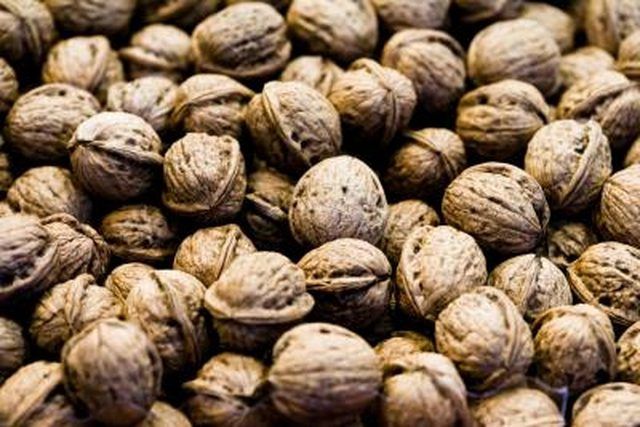Bulbs
Flower Basics
Flower Beds & Specialty Gardens
Flower Garden
Garden Furniture
Garden Gnomes
Garden Seeds
Garden Sheds
Garden Statues
Garden Tools & Supplies
Gardening Basics
Green & Organic
Groundcovers & Vines
Growing Annuals
Growing Basil
Growing Beans
Growing Berries
Growing Blueberries
Growing Cactus
Growing Corn
Growing Cotton
Growing Edibles
Growing Flowers
Growing Garlic
Growing Grapes
Growing Grass
Growing Herbs
Growing Jasmine
Growing Mint
Growing Mushrooms
Orchids
Growing Peanuts
Growing Perennials
Growing Plants
Growing Rosemary
Growing Roses
Growing Strawberries
Growing Sunflowers
Growing Thyme
Growing Tomatoes
Growing Tulips
Growing Vegetables
Herb Basics
Herb Garden
Indoor Growing
Landscaping Basics
Landscaping Patios
Landscaping Plants
Landscaping Shrubs
Landscaping Trees
Landscaping Walks & Pathways
Lawn Basics
Lawn Maintenance
Lawn Mowers
Lawn Ornaments
Lawn Planting
Lawn Tools
Outdoor Growing
Overall Landscape Planning
Pests, Weeds & Problems
Plant Basics
Rock Garden
Rose Garden
Shrubs
Soil
Specialty Gardens
Trees
Vegetable Garden
Yard Maintenance
How Often Do Walnut Trees Get Nuts on Them?
How Often Do Walnut Trees Get Nuts on Them?. The quality, frequency and total yield of walnut trees varies greatly, even within walnut cultivars. While walnut trees are able to produce nuts annually, a majority of residential growers cannot afford the necessary and costly measures to guarantee annual crops.

The quality, frequency and total yield of walnut trees varies greatly, even within walnut cultivars. While walnut trees are able to produce nuts annually, a majority of residential growers cannot afford the necessary and costly measures to guarantee annual crops.
Time of Year
In the spring, small, green husks, containing walnuts emerge from small, inconspicuous flowers on the tips of walnut tree branches. Throughout the summer these husks continuously expand around the developing walnuts. Harvest season for nuts occurs during the months of September or October, as the nuts fall from the tree.
Frequency
At best, trees produce nut yields once a year during the fall. However, many walnut tree cultivars, particularly outside of commercial production, are prone to alternate bearing of nuts. This is characterized by one year of intense over-production followed by a year of little to no nuts.
Other Considerations
Total annual nut yield is only one of the considerations for cultivar selection. Other important considerations include quality of nut yield and ease of cracking.